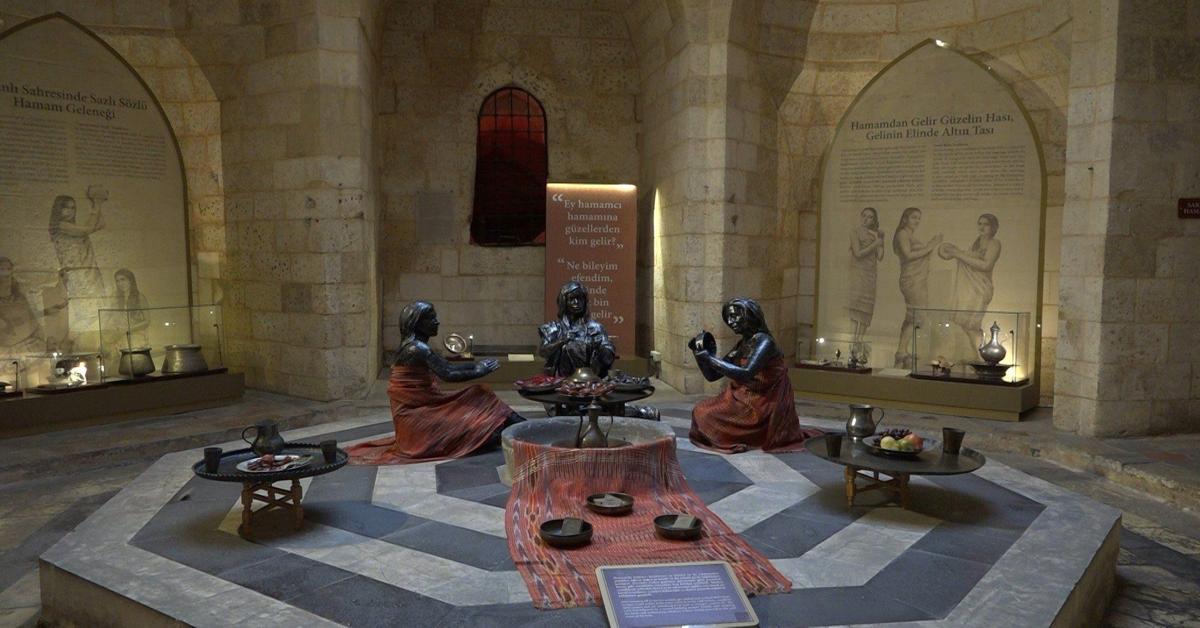
Gaziantep's bath culture, which has an important place in the city's culture, is preserved and transferred to future generations through historical artifacts at the Gaziantep Hamam Museum. This unique museum showcases 509 historical artifacts, offering a glimpse into traditional bathing practices and their enduring significance in the city's heritage.
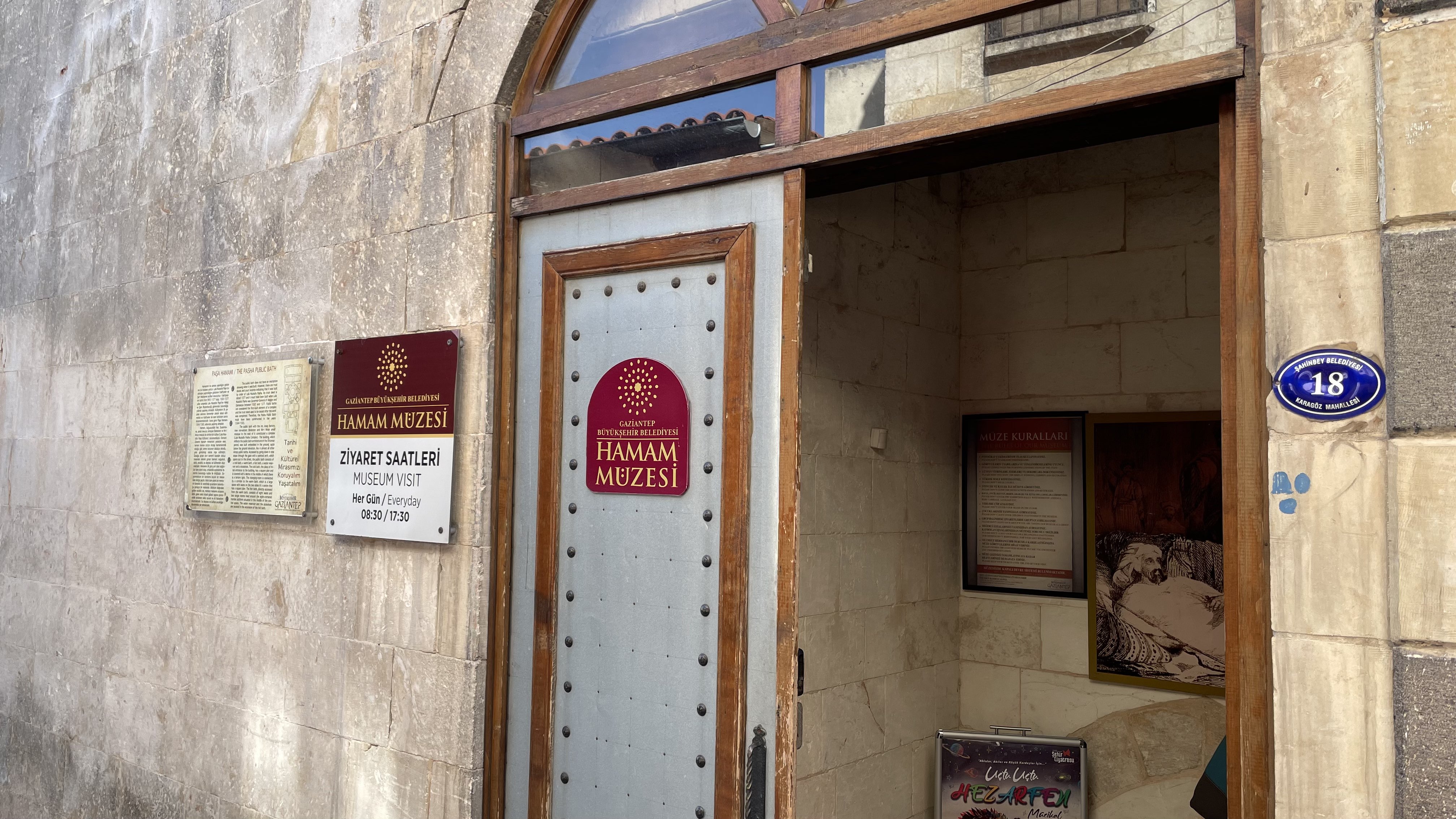
Gaziantep Hamam Museum, March 14, 2024. ©Türkiye Today
The building, which serves as the Gaziantep Hamam Museum and is one of the most beautiful examples of Ottoman bath architecture and culture, served as the bath section of the complex built by Lala Mustafa Pasha.
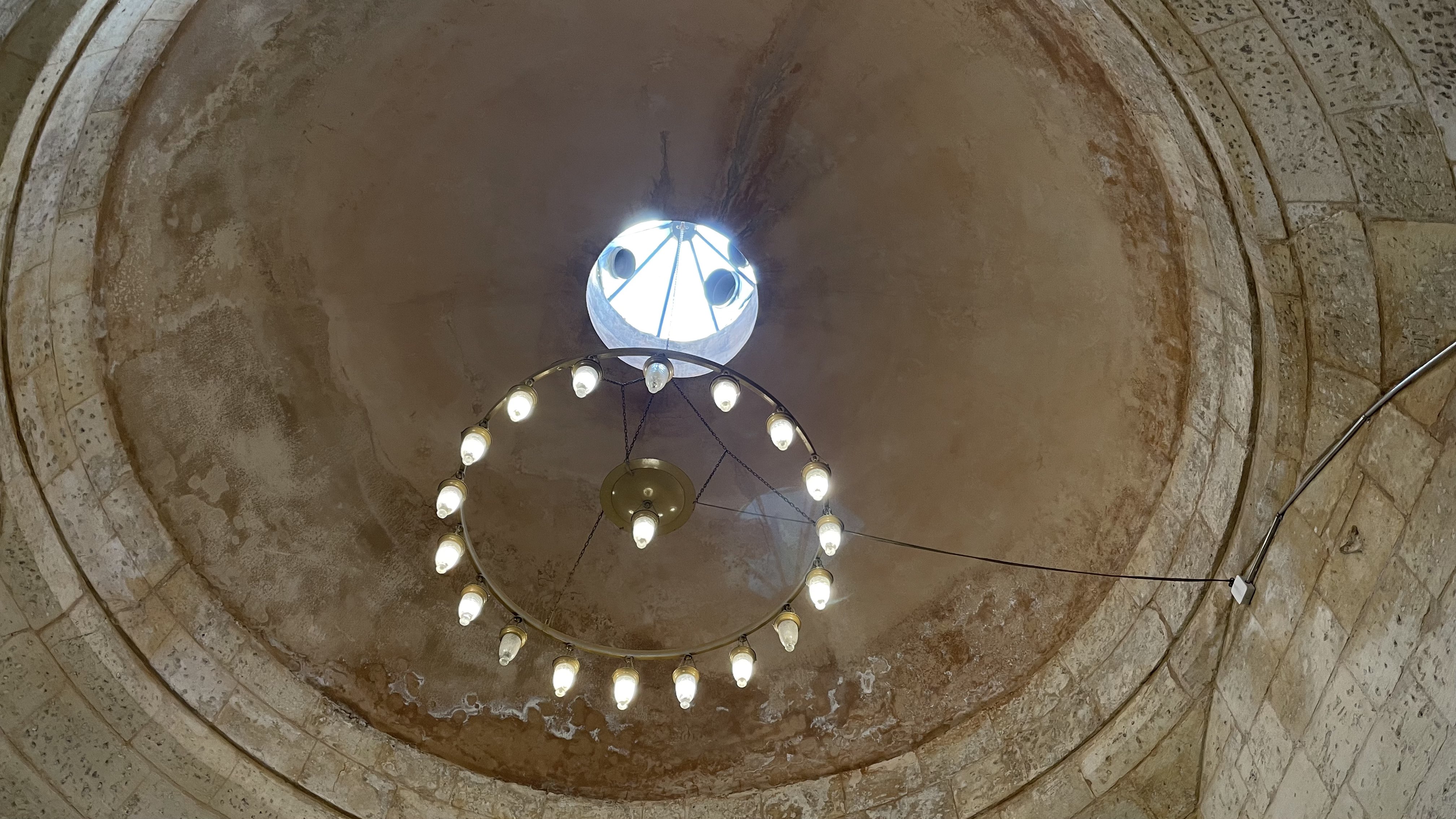
Gaziantep Hamam Museum, March 14, 2024. ©Türkiye Today
Restored in 2015 by the Gaziantep Metropolitan Municipality, this building now serves as a museum dedicated to preserving Gaziantep's bathhouse culture. Faithful to the original design, the museum showcases various sections: a cold bath, a warm bath, a hot bath, bath tools and equipment from the Haluk Perk collection, alongside exhibits on bath customs, wax sculptures, and models.
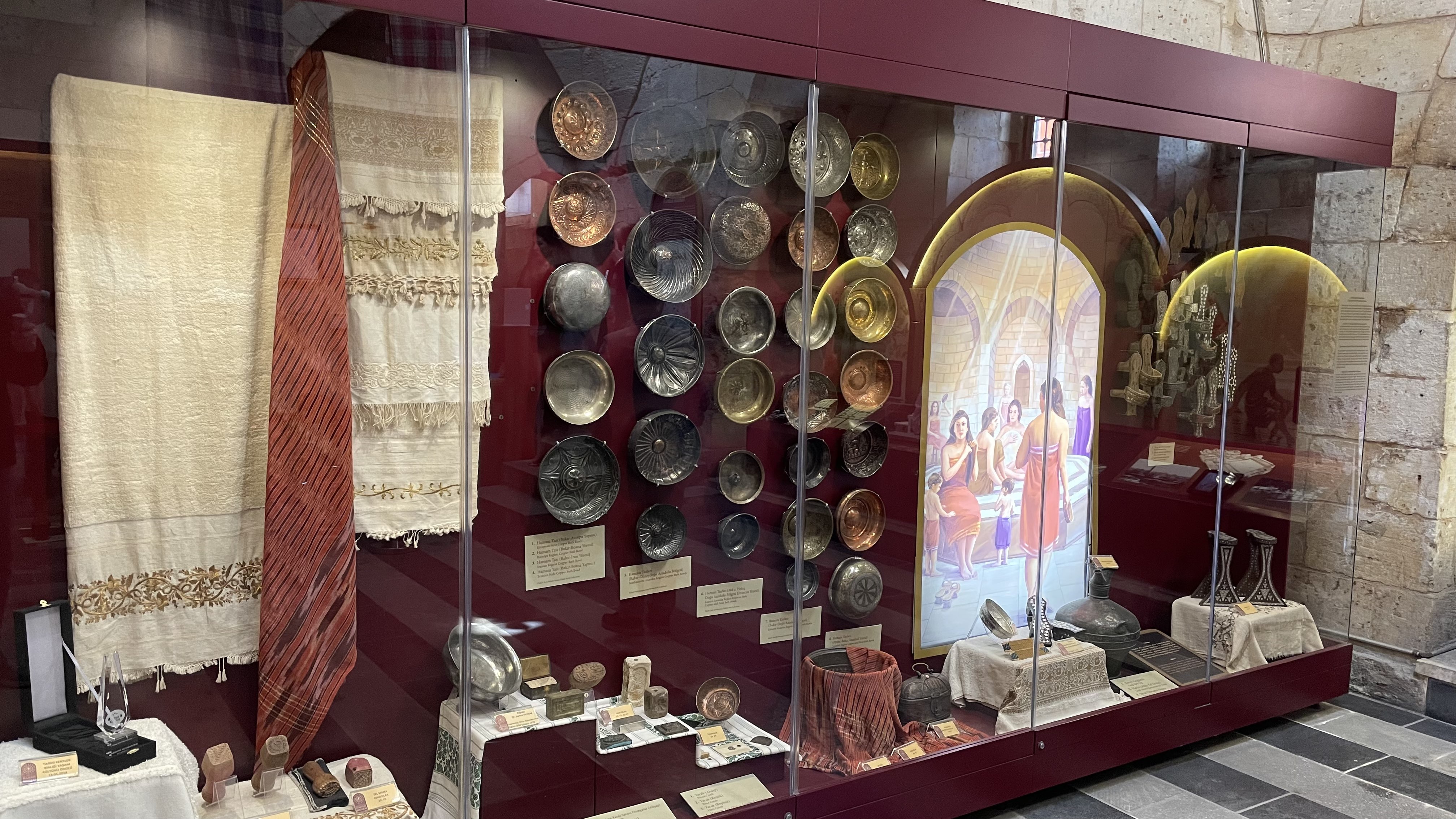
Gaziantep Hamam Museum, March 14, 2024. ©Türkiye Today
The public bath does not have an inscription showing when it was built. However, there are trust deeds and court records indicating that it was built by order of Lala Mustafa Pasha. Its trust deed is dated 1577 and it must have been built when Lala Mustafa Pasha was governor-general of Aleppo and Damascus between 1563 and 1577. Public baths are considered the first-built element of a complex, and the trust deed used to be issued after the work was completed. Therefore, the Pasha Public Bath must have been constructed in the years 1564 to 1565.
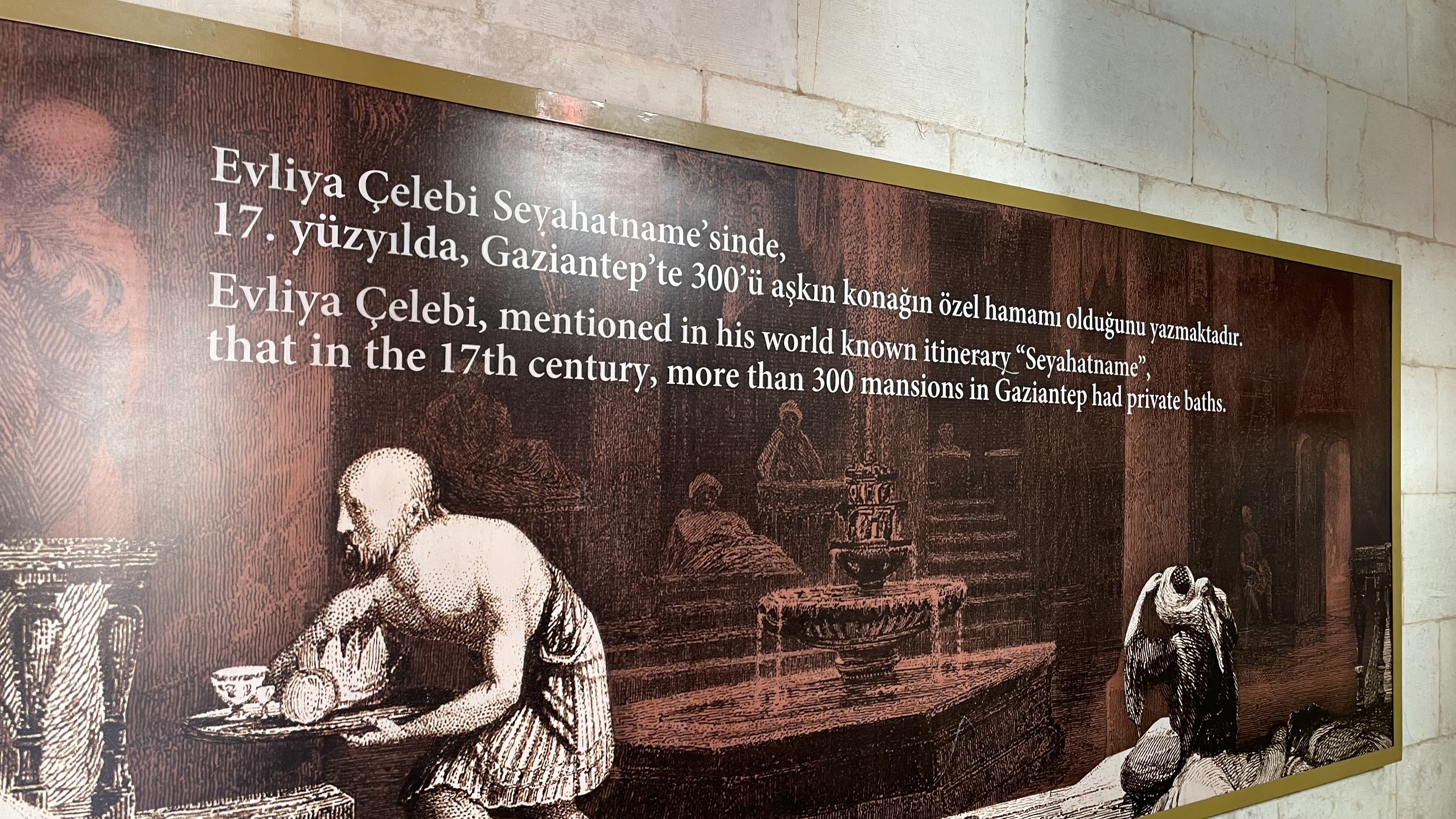
Gaziantep Hamam Museum, March 14, 2024. ©Türkiye Today
This historical complex encompassed a public bath, inn, soap factory, and the no-longer-standing Bedesten market and Mir-i Miran mosque. Reflecting the typical Ottoman-era public bath design, the bathhouse was built partially underground, similar to most baths in Antep.
The entrance was gained through a pointed archway leading down nine steps. Inside, the bath comprised distinct sections: a cold bath, a warm bath, a hot bath, a water reservoir, and a stoke room.
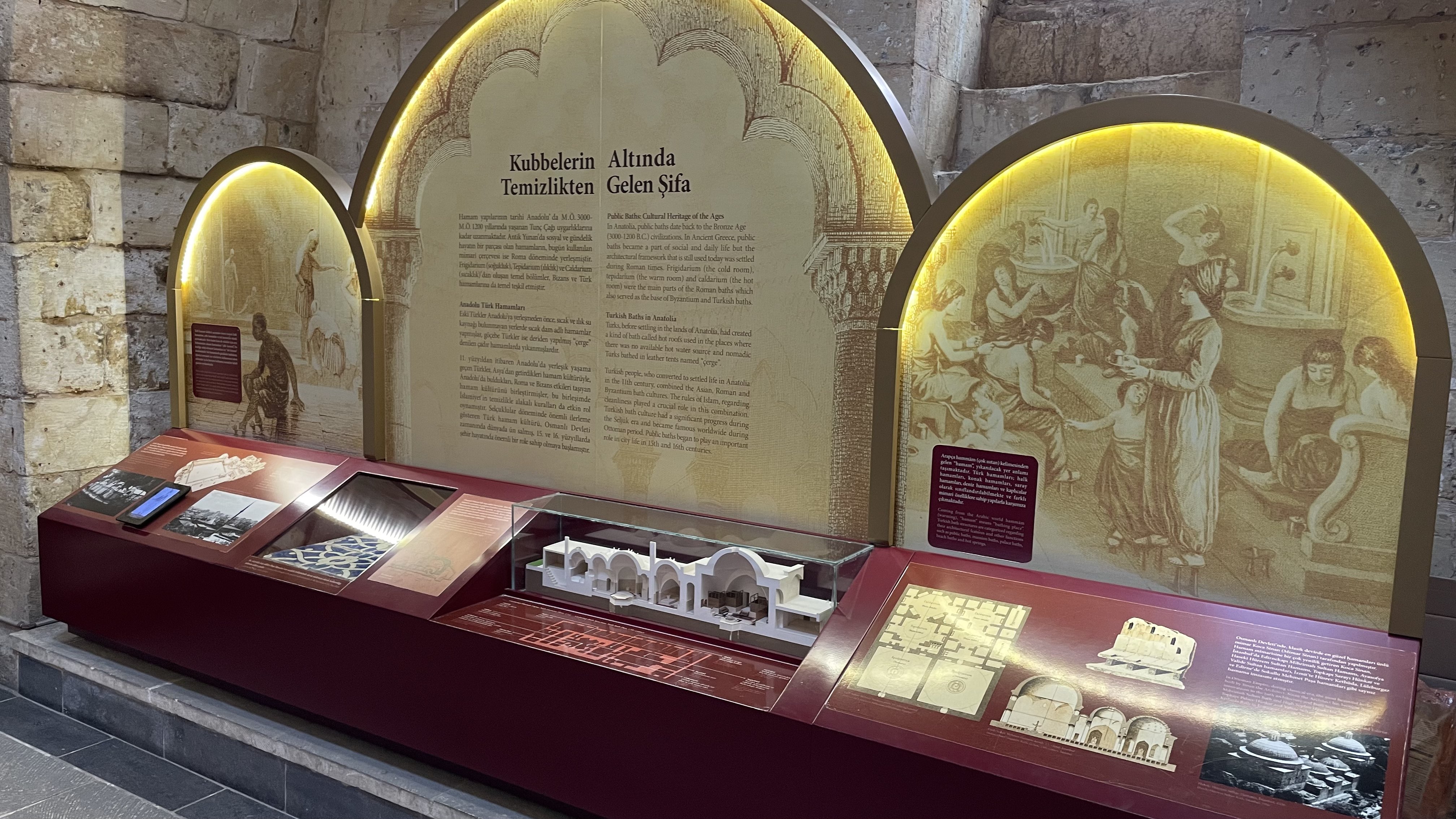
Gaziantep Hamam Museum, March 14, 2024. ©Türkiye Today
The cold bath, located at the initial entrance of the building, has a square plan and is topped with a dome that features a central lantern light.
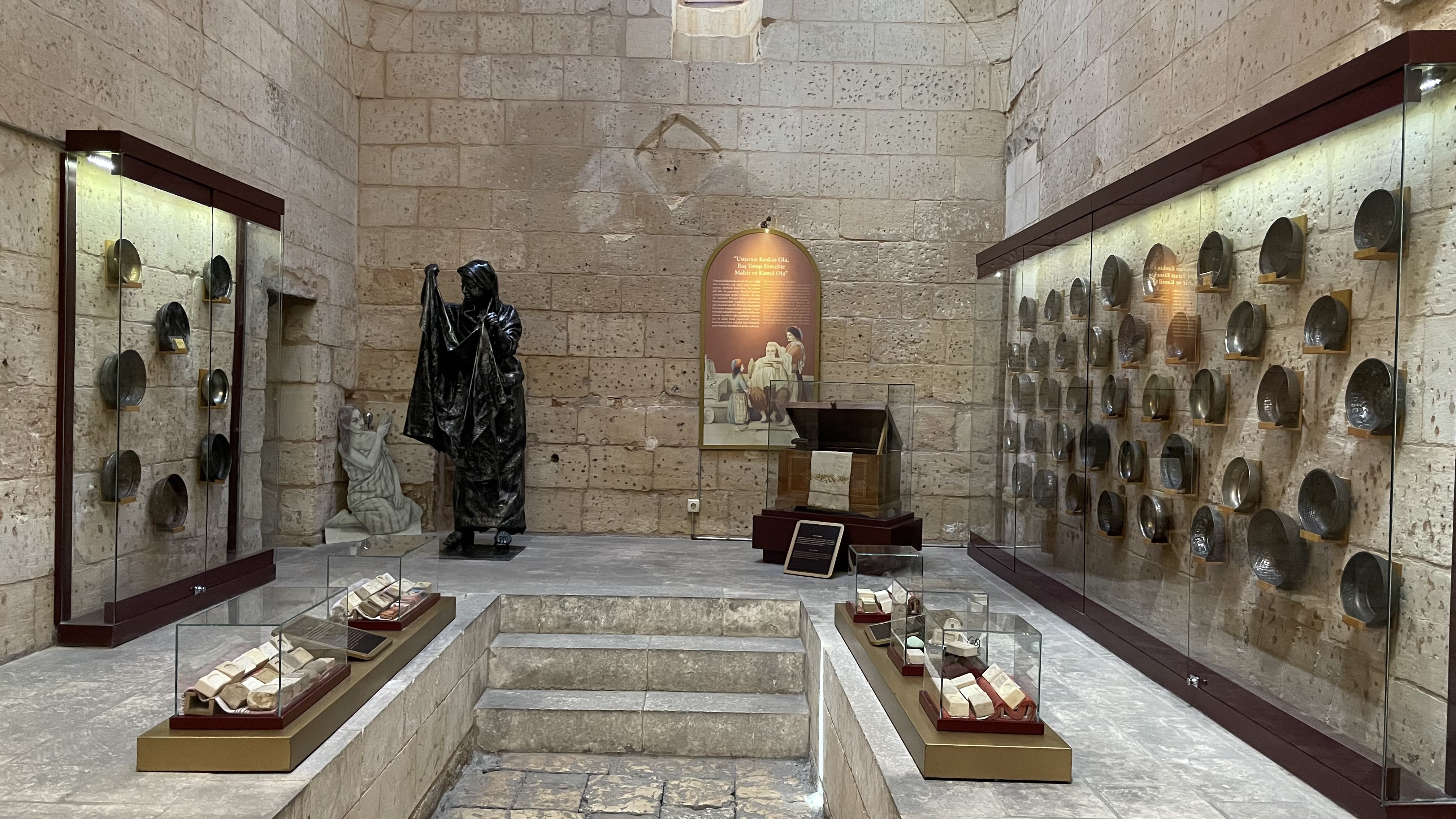
Gaziantep Hamam Museum, March 14, 2024. ©Türkiye Today
A corridor connects the changing room to the warm bath, which is a large space with iwans on the two sides of a center with a square plan.
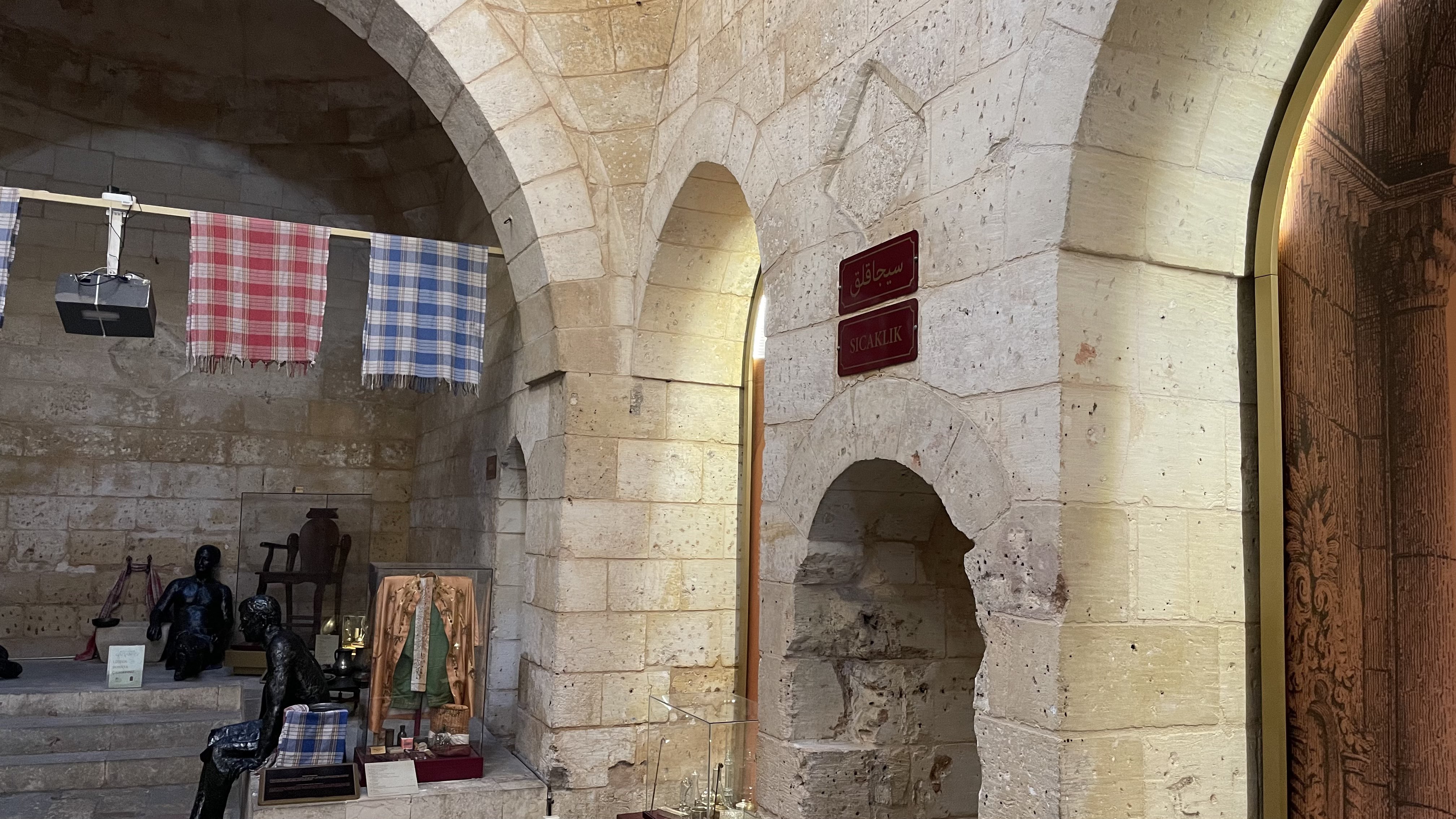
Gaziantep Hamam Museum, March 14, 2024. ©Türkiye Today
The hot bath, directly accessed from the warm bath, consists of eight iwans and two single rooms lined around the eight-cornered marble platform situated in the middle of the central space. The water reservoir and the stokehole are located in the extension of the hot bath.
Drawing from various local, national, and international research sources, the museum delves into the historical, cultural, and social significance of Gaziantep's bath culture. It offers insights into the broader water culture of the Turks, the evolution of bathhouses, and the unique traditions surrounding baths in Gaziantep. Architectural details, bath rituals, and etiquette are also explored. Visitors can learn about the roles of the "tellak" (bath attendant), the celebratory practices associated with grooms and brides visiting the baths with their friends, the special bath for a newborn after 40 days, and the accompanying customs of feasting, entertainment, and merriment.

Gaziantep Hamam Museum, March 14, 2024. ©Türkiye Today
The museum's specially designed showcase offers a captivating glimpse into bath culture through a combination of historical artifacts and interactive elements. Stone-like polyester and beeswax mannequins provide a realistic, three-dimensional presence, while touch screens engage visitors with oral history studies and in-depth information about bath culture. This immersive approach allows visitors to not only observe historical artifacts but also actively learn about the cultural significance of bathing practices.